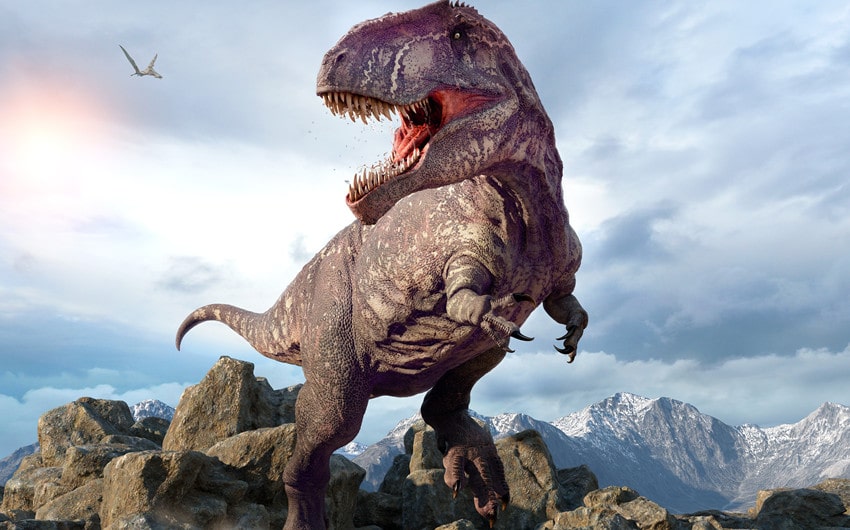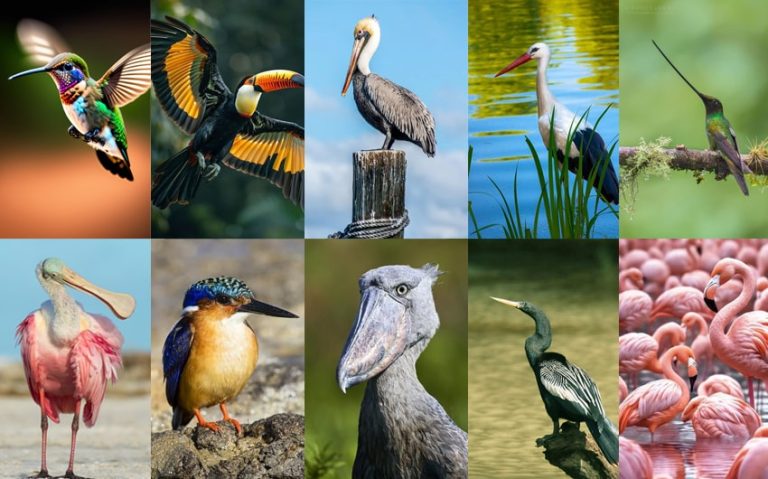Uncovering Prehistoric Mysteries: What Was the Biggest Carnivorous Dinosaur?
Long before humans existed, Earth was home to extraordinary creatures that ruled the land, seas, and skies. From towering plant-eaters to apex predators, the prehistoric world was filled with lifeforms that inspire both wonder and curiosity. Even today, questions like what was the biggest carnivorous dinosaur? continue to capture imaginations.
Studying these mysteries is more than an exercise in curiosity. It helps us understand how life evolved, how ecosystems change over time, and what lessons can be learned from the rise and fall of these ancient giants.
The Age of Dinosaurs
The Mesozoic Era—often called the “Age of Dinosaurs”—lasted nearly 180 million years. It is divided into three major periods:
- Triassic (250–201 million years ago): Dinosaurs first appeared, alongside early reptiles and primitive mammals.
- Jurassic (201–145 million years ago): Sauropods like Brachiosaurus and predators like Allosaurus dominated.
- Cretaceous (145–66 million years ago): Dinosaurs reached peak diversity, with famous species such as Triceratops, Velociraptor, and Tyrannosaurus rex.
This era ended abruptly with a mass extinction event, but not before leaving behind some of the greatest mysteries in natural history.
What Was the Biggest Carnivorous Dinosaur?
Few questions fuel as much debate as what was the biggest carnivorous dinosaur. Unlike herbivores, which grew enormously largely for defense and food-processing advantages, carnivores had to balance size with hunting efficiency. Three contenders stand out:
Spinosaurus: The Semi-Aquatic Hunter
- Length: Up to 50–59 feet (15–18 meters)
- Weight: About 7–9 tons
- Distinctive sail-like spine on its back
- Crocodile-like snout, adapted for catching fish
- Evidence suggests it lived both on land and in water
Tyrannosaurus Rex: The Apex Predator of Land
- Length: About 40 feet (12 meters)
- Weight: Around 9 tons
- Possessed one of the strongest bite forces ever measured in any animal
- Likely hunted large prey but also scavenged when needed
- Known as one of the most fearsome predators of all time
Giganotosaurus: The South American Giant
- Length: Around 43 feet (13 meters)
- Weight: Close to 8 tons
- Slightly longer than T. rex but less robust
- Likely relied on speed and teamwork to hunt massive prey such as sauropods
Comparison Table: Biggest Carnivorous Dinosaurs
| Dinosaur | Estimated Length | Estimated Weight | Unique Feature | Region |
| Spinosaurus | 50–59 ft | 7–9 tons | Semi-aquatic, sail spine | North Africa |
| Tyrannosaurus | 40 ft | ~9 tons | Strongest bite force | North America |
| Giganotosaurus | 43 ft | ~8 tons | Pack hunting possibility | South America |
Because fossils are often incomplete, measurements vary. Some paleontologists argue Spinosaurus deserves the crown, while others emphasize the unmatched bite and power of T. rex.
Other Prehistoric Giants
Dinosaurs weren’t the only giants of their time. Other colossal animals ruled the seas and skies:
- Argentinosaurus: Among the largest land animals ever, reaching over 100 feet in length.
- Megalodon: A prehistoric shark estimated to grow up to 60 feet long, dominating ancient oceans.
- Pterosaurs: Flying reptiles with wingspans as wide as 36 feet, making them the largest flying creatures known.
Each of these animals reveals how prehistoric ecosystems pushed life to extremes, whether through size, strength, or adaptability.
Unsolved Prehistoric Mysteries
Despite incredible scientific advances, many mysteries remain:
- The Extinction of Dinosaurs: Was it an asteroid, volcanic eruptions, climate shifts—or all three combined?
- Feathered Dinosaurs: Fossils show feathers on many species, but did they serve for flight, insulation, or display?
- Climate Shifts: How did changing temperatures and environments shape evolution?
- Fossil Gaps: Large sections of the prehistoric record remain missing, leaving many unanswered questions.
These mysteries remind us how much of Earth’s history is still hidden beneath layers of rock and sediment.
How Scientists Unlock the Past
The study of prehistoric life has evolved dramatically thanks to new tools and techniques:
- Fossil Excavation: Careful digs reveal not just bones but impressions of skin, feathers, and even footprints.
- CT Scans & 3D Modeling: These allow scientists to reconstruct skeletons digitally, studying movement and behavior.
- Isotope Analysis: Examining chemical signatures helps reveal what dinosaurs ate and where they lived.
- Ancient DNA and Proteins: Rare but invaluable samples provide insight into evolutionary relationships.
Each discovery builds on the last, gradually piecing together a fuller picture of ancient life.
Why Prehistoric Mysteries Still Captivate Us
Dinosaurs continue to fascinate people of all ages, and for good reason:
- Curiosity About Giants: Humans are drawn to extremes, and dinosaurs represent the pinnacle of natural power and scale.
- Lessons From Extinction: Understanding past extinctions helps us protect species today facing similar threats.
- Connection to the Present: Birds are living descendants of dinosaurs, showing that their legacy is alive today.
The blend of science, imagination, and discovery makes studying dinosaurs more than just history—it’s a journey into the roots of life itself.
The Link Between Prehistoric Life and Today
Although dinosaurs vanished 66 million years ago, their impact continues to shape the world. Birds are direct descendants of theropod dinosaurs, meaning we see traces of these ancient giants in the sparrows and eagles around us.
Studying prehistoric ecosystems also sheds light on modern challenges:
- Climate Change: Past climate shifts show how species adapt—or fail—to survive sudden change.
- Biodiversity: Fossil records reveal the importance of diversity in stabilizing ecosystems.
- Human Perspective: Learning about ancient extinctions helps us understand our own place in Earth’s story.
At the same time, modern technology gives us ways to experience these creatures in ways our ancestors never could. Animatronics, for example, bring life-sized dinosaurs into museums, theme parks, and exhibitions. These moving, roaring models don’t just entertain—they spark curiosity and make prehistoric mysteries feel more tangible to people of all ages.
Conclusion
The question of what was the biggest carnivorous dinosaur reflects humanity’s enduring curiosity about the prehistoric past. Whether it was Spinosaurus, Tyrannosaurus rex, or Giganotosaurus, each contender tells a story of survival, adaptation, and dominance in its environment.
From extinction mysteries to fossil gaps, prehistoric puzzles remind us that science is never finished. Each new find not only reshapes our understanding of the past but also gives us insights into the future of life on Earth.
The prehistoric world may be gone, but its mysteries continue to inspire us to keep asking questions, seeking answers, and marveling at the giants that once ruled our planet.



